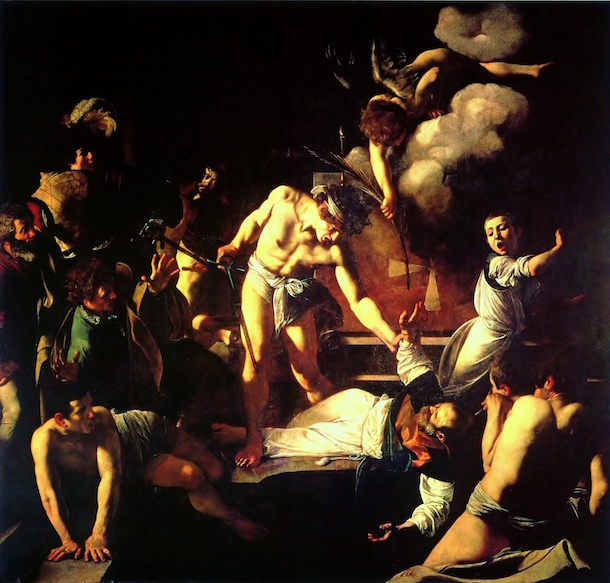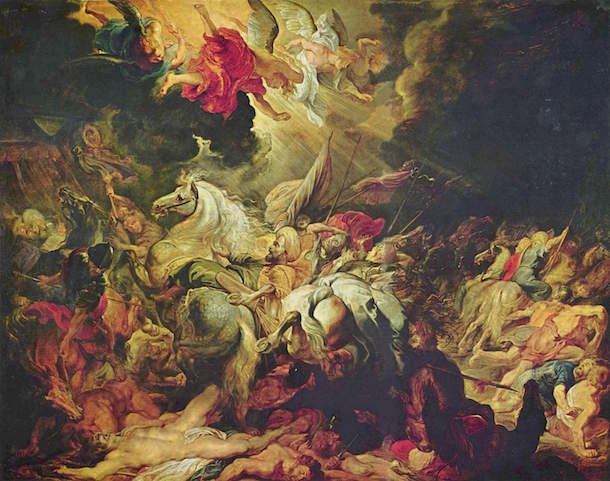Baroque
"The colours in the paintings are like the illusions that convince the eyes, similar to the beauty of the verses in poetry."
Baroque is an artistic movement that developed in Italy, Rome, in the 17th century in reaction to Mannerism that dominated the late Italian Renaissance. The word denotes a style that is intended to express feelings of vitality, grandeur, drama and emotional exuberance. Thanks to its exuberance and theatricality Baroque was chosen by the Catholic Church and the European monarchies as the representative style of their power and their wealth. Explore Baroque by starting from What is Baroque? and browse our curated list of artworks from baroque painters such as Caravaggio, Rembrandt, Rubens and others.
What is Baroque?
Baroque is an artistic movement that developed in Italy, Rome, in the 17th century in reaction to Mannerism that dominated the late Italian Renaissance. The word denotes a style that is intended to express feelings of vitality, grandeur, drama and emotional exuberance. Thanks to its exuberance and theatricality Baroque was chosen by the Catholic Church and the European monarchies as the representative style of their power and their wealth. Through this style it was possible to communicate religious themes and monarchic ideals, depicted by Baroque artists with an interesting play of light and shadows and particular attention to detail.
The baroque term comes from the Italian word "barocco" and Portuguese "barroco", used to describe an irregular pearl with an imperfect form. In art the term is used to indicate an irregular, bizarre, elaborate and exaggerated representation that deviates from the classical and academic rules. With these words, therefore, it is indicated that the art of Baroque clearly contrasts the sober rationality of the Renaissance through the excesses of its emphasis, eccentric redundancy and abundance of details.
However, the Baroque is not a monolithic style but counts at least two strands:
- The Religious strand that was commissioned by the Catholic Counter Reformation as well as by the courts of the absolute monarchies of Europe with the aim to exalt their power with the extravagant, theatrical and melodramatic style. This strand was expressed in Italy mainly by Michelangelo Merisi da Caravaggio with his chiaroscuro and Pietro da Cortona with his bright paintings full of glitz. In Spain with Diego Velázquez and in France with Nicolas Poussin who is considered a Baroque artist who shares many qualities of Italian painting.
- the Naturalistic strand that developed outside the Catholic territories and aimed to replace religious subjects with natural and realistic themes. Still lifes, genre paintings of everyday scenes and landscape painting are the guiding themes of the Dutch and Flemish baroque painting. Rembrandt and Peter Paul Rubens were active exponents of the Naturalistic strand of Baroque in Dutch and Flemish territories.
Discover more about the movement in History of Baroque.
Text by Cristina Motta

